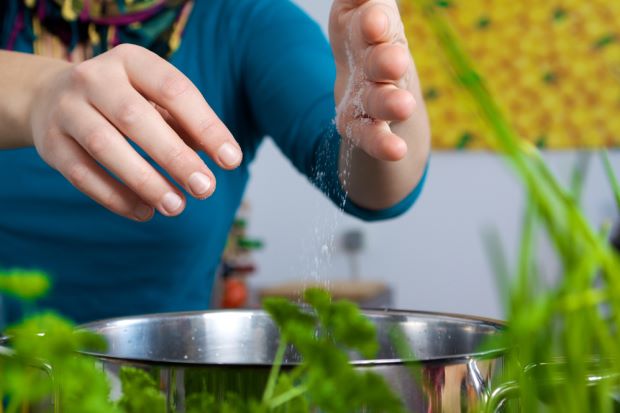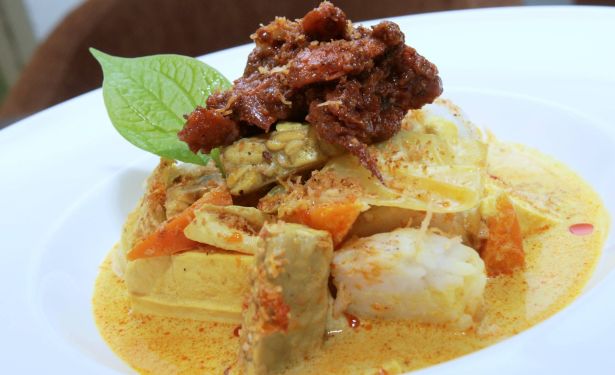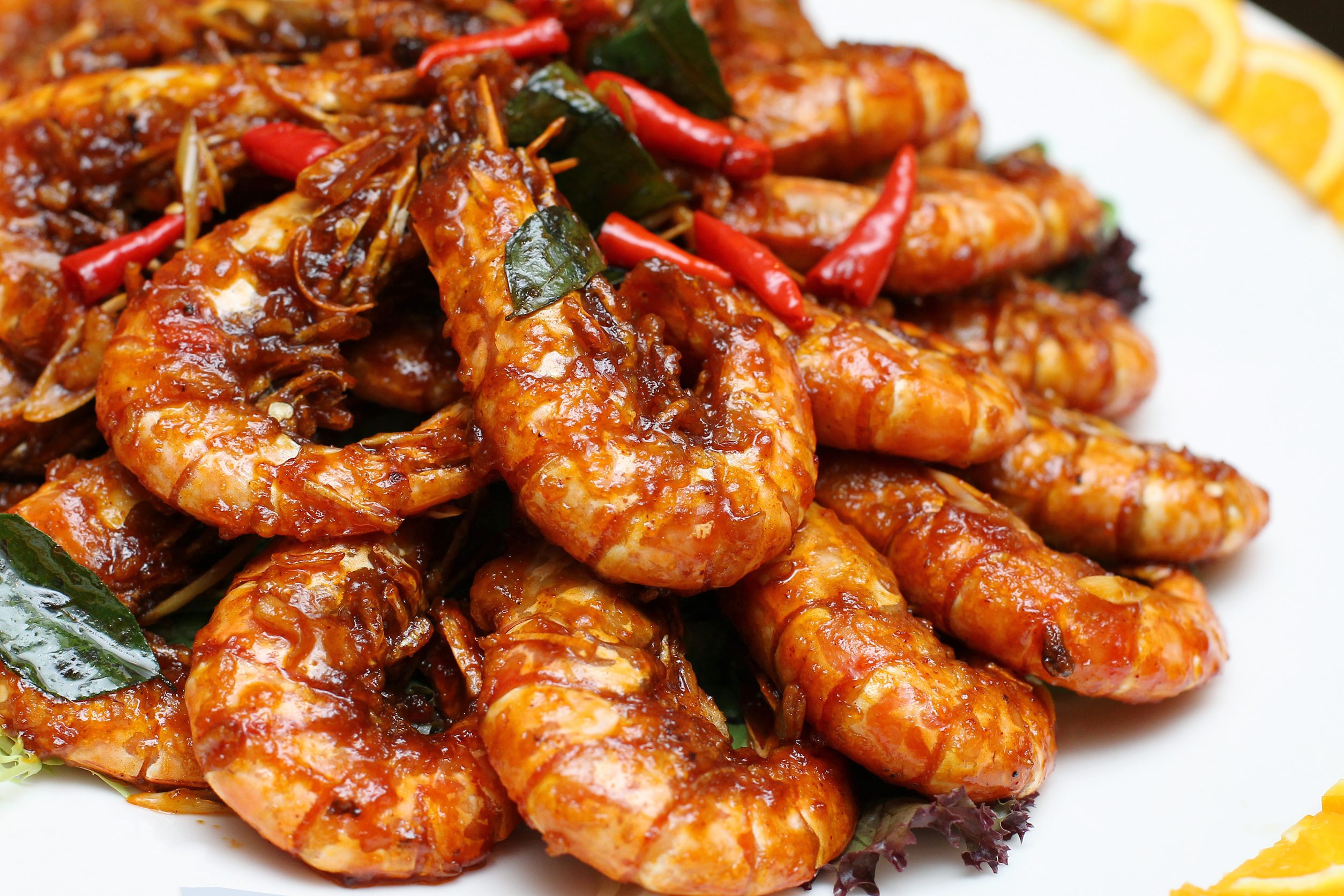Ten tips to help you cook better.
When asked for essential cooking tips, the first thing that professional chefs often suggest is the use of sharp knives. They’re not only safer – a dull knife is more prone to slip on food and may result in injury to the cook – but sharp knives also help preserve the true flavours of fresh ingredients as cutting with a dull knife will damage food on a cellular level and alter its taste and appearance.
Here are nine other basic cooking tips culled from various sources, including top international chefs around the world. Some may be common sense, but you’d be surprised how many people are unaware of them.
Gather your mise en place. This French phrase (pronounced meez en plas) means “putting in place” or setting up, and is a standard practice in any professional kitchen. Get into the habit of having all the ingredients and utensils (like baking pans) gathered, prepared, within reach and ready to go before cooking so you’re not running all away the place looking for things and in the process, leaving your sauce to boil over.
Read the recipe through. Take the time to actually read recipes to the end before you begin. Next, understand what is asked for. There may just be a few steps in a recipe for a stew, perhaps. but this may include a braising time of several hours or overnight marination. If you’re not aware of this, you may begin preparing it too late for your proposed serving time.
So read the recipe well before it is time to cook. Then you’ll know how to plan and gather your mise en place. (See, we don’t throw around foreign phrases just to sound cheffy!)
Taste as you go. Now, this is one of those common sense things that people often forget. Recipes are guides, plain and simple, and they don’t always call for the right amount of seasoning. Results may vary depending on what ingredients you use.
So trust your palate and season as you go, including adding salt. You may not want to use too much salt for health reasons, but your food still needs to taste good and flavour can always be added with other seasonings or cooking techniques, like roasting (and of course, deep-frying!).
Use your senses. If something in the oven smells done but the time given in the recipe isn’t up yet, check on it. And if something looks like it’s browning too quickly, don’t wait for the ding of the timer before turning down the heat or you’ll end up with a ruined dish and burnt food to scrape off your pot!
Get to know your oven. This is an appliance with quirks and idiosyncrasies, which may result in food cooking too fast, too slow, or unevenly.
Cooking times in recipes are estimates, and ovens are not all the same so it’s good to know how yours behaves.
Ovens can change as they age and fail to provide exact temperatures. An oven thermometer is invaluable (inexpensive ones costs RM35 to RM40). When I first used one, I found that my oven was off by 80°C!
Hot spots are another thing to be aware of. SaBrina Bone, who tests the kitchen atCooking Light magazine, advises the “bread test”: “Arrange bread slices to cover the middle oven rack. Bake at 180°C for a few minutes, and see which slices get singed – their location marks your oven’s hot spot(s). If you know you have a hot spot in, say, the back left corner, avoid putting pans in that location, or rotate accordingly.”
Keep new recipes for test days. How many movies have that scene where a boss or a new date is coming over for dinner and to make an impression, the cook decides to try a new recipe (or cooks for the first time in their life!) but ends up with a dish that’s undercooked, overcooked or which sets the kitchen on fire?
Even if you’re not new to cooking, experts usually advise against preparing something you’ve never tried before for an important occasion. The same goes for substituting an ingredient you’re unfamiliar with in a dish. Go with a tried-and-tested but delicious dish or something that you’re known for.
Cooking pasta. The cooking instructions on a packet of dried pasta are usually accurate. Nine minutes for 500g of linguine makes perfect al dente pasta (although not all brands have the same timing). But pasta is usually served with a sauce and so chef Mario Batali’s advice is to cook it one minute less than the package instructions and then cook it the rest of the way in the pan with sauce.
The right way to spread. Roy Choi, who is famous for Kogi BBQ, his fusion taco sold out of a food truck, knows what he’s talking about when advising on how to make a great sandwich: “Spread the mayonnaise from corner to corner on the bread. People rush this step and just do a swoosh down the middle. Every bite should be flavourful. Now that’s a sandwich!”
And finally, clean as you go!






